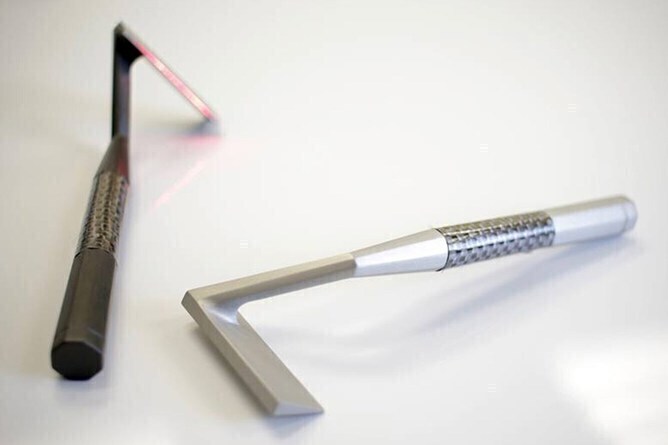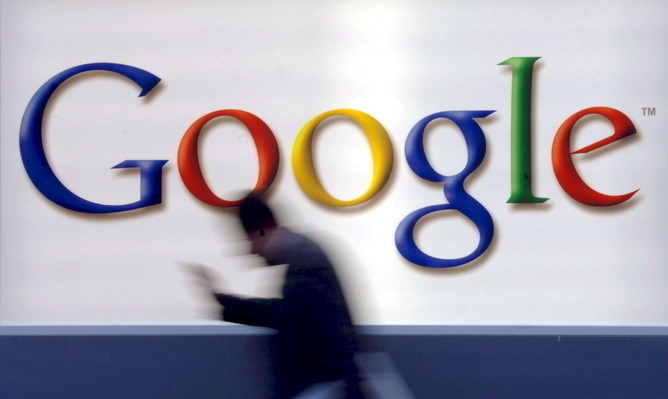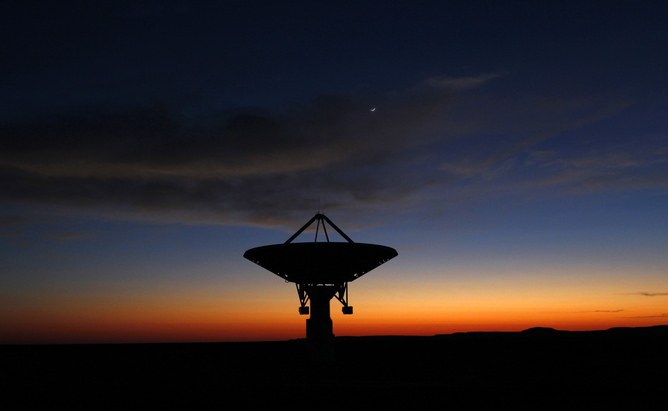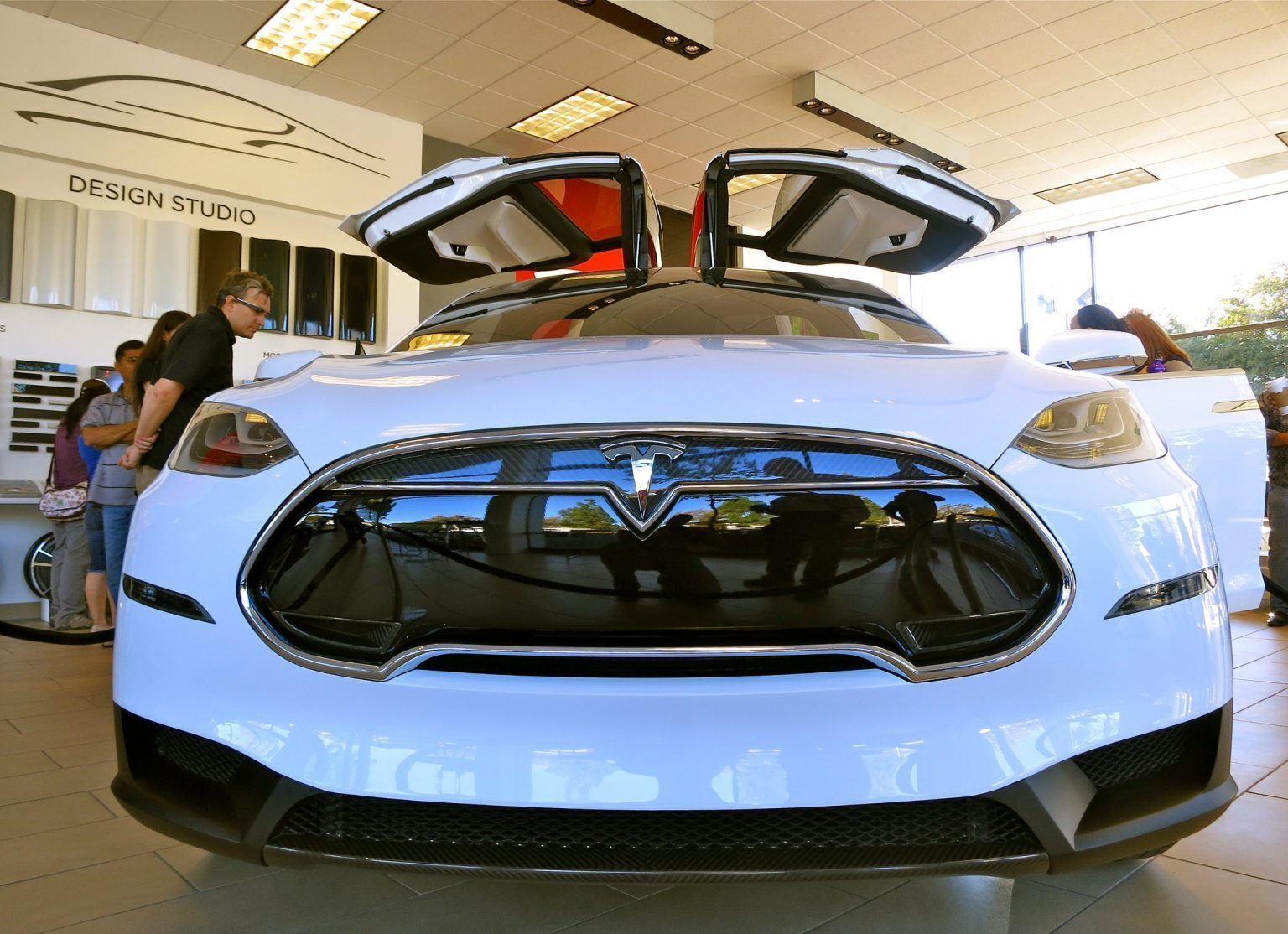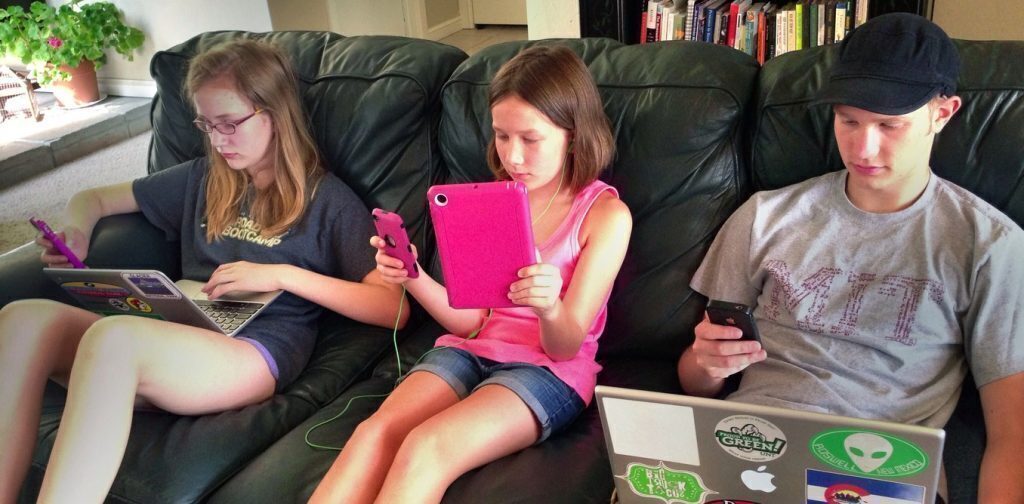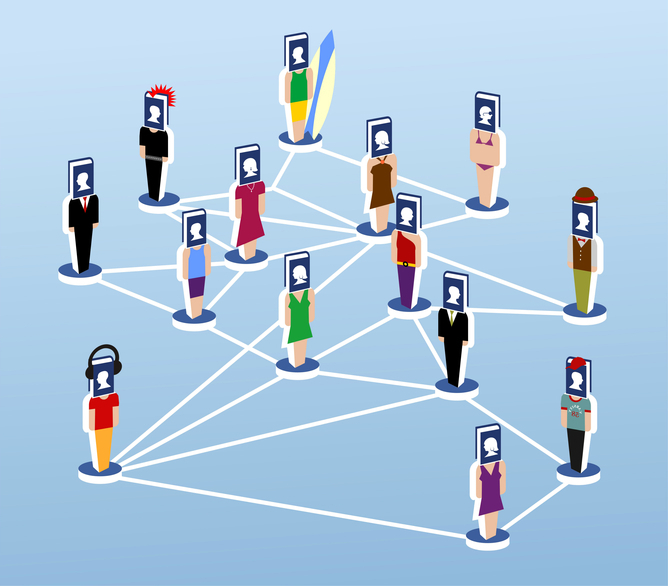Since their first use in the 1960s, there has been a tremendous expansion of laser technology into an impressively wide range of uses, from fundamental science, healthcare and security to entertainment. Since Theodore Maiman’s first working laser at the Hughes Research Laboratory in 1960 more than 55,000 patents on laser technology have been filed in the US alone. It’s always dangerous to make any definite statement about the potential future for some new idea or invention, since we’re not able to predict the future: notoriously (and probably apocryphally) Thomas Watson of IBM said in 1943: “I think there is a…
Author: The Conversation
A new device – a biological sensor inside a nanochip – that can detect bacterial infections in 10 to 15 minutes will become available in 2016. Devised by a team of scientists from South Africa’s Stellenbosch University, the device is currently being patented and the Technology Innovation Agency has funded a prototype in preparation for commercialisation by April 2016 Pathogenic organisms infect about 250 million people a year. At least 8%, around 20 million people, die. Early detection of infections can prevent many deaths. Since the nanochip was announced as a project of the university in September 2014 progress has…
It is easy to get lost in a sea of information when looking at cybersecurity issues. And hearing about hacks and cyberattacks as they happen is a surefire way to feel helpless and totally disempowered. What follows is a sort of future shock, where we become fatalistic about the problem. After all, 86% of organisations from around the world surveyed by PwC reported exploits of some aspect of their systems within a one year period. That represented an increase of 38% on the previous year. However, once the situation comes into focus, the problem becomes much more manageable. There are…
To adblock or not to adblock? It seems the mobile web is reaching a turning point as the effects of the huge numbers of adverts and advertising trackers and widgets embedded in web pages become better understood. At the same time an approach that sells itself on offering a far more streamlined mobile web is emerging: first Facebook’s Instant Articles, then Apple News – and now the Google-led consortium developing Accelerated Mobile Pages (AMP). AMP frames the problem with mobile adverts as one of speed. Whereas an average web page takes around eight seconds to load, web pages built with…
The world’s largest and most powerful radio telescope, which is to be constructed in South Africa from 2017, has the potential to stimulate interest in astronomy across Africa by tapping into the continent’s traditions of watching the night skies. The Square Kilometre Array (SKA) will be used by scientists to understand how the universe evolved as well as how stars and galaxies form and change. Traditionally, astronomy on the continent is associated with a history of watching the night sky without the help of telescopes. Such indigenous or cultural astronomy relates to how local cultures interact with celestial bodies. Africa…
The launch of Tesla’s long-awaited Model X electric car has received the sort of adulation that we’ve come to expect of new products from Apple. The Model X is a SUV with gull-wing doors – as made famous by the DeLorean from the film “Back to the Future” – giving it the appearance of a supercar, to go with its hefty pricetag. But filter out the hype, and the question is whether this will make the slightest difference to encouraging a broader shift away from fossil fuel-powered cars to electric vehicles. Let’s take a look at this question from the…
The way children and young people use social media is often portrayed in the mainstream media via stereotypes in a way that inspires fear and concern. Adults are often portrayed as either ignorant of young people’s use of social media or skillful cyber-predators, while children are often perceived as experts or empty vessels: if they’re not empowered, then they’re exploited. Why do we tell these modern day horror stories? These stories often focus on potential harms without acknowledging the benefits that can emerge from the social relations enabled by technology. While it is important to recognise the very real dangers…
Breaking up is never easy, and while 20 years ago there may well have been little or no post break-up contact between exes, 21st century technology – from social media to Whatsapp – means there are many new ways to open old wounds. With so many communications channels with which to get hold of people, and with so much of our lives visible online through such things as Facebook, it’s easy to keep an eye on our exes once we’ve parted. A recent study found that “Facebook stalking” an ex-partner was found to hinder recovery after the end of the…
We invariably imagine electronic devices to be made from silicon chips, with which computers store and process information as binary digits (zeros and ones) represented by tiny electrical charges. But it need not be this way: among the alternatives to silicon are organic mediums such as DNA. DNA computing was first demonstrated in 1994 by Leonard Adleman who encoded and solved the travelling salesman problem, a maths problem to find the most efficient route for a salesman to take between hypothetical cities, entirely in DNA. Deoxyribonucleaic acid, DNA, can store vast amounts of information encoded as sequences of the molecules, known…
Like any long-distance relationship, our love affair with Mars has had its ups and downs. The planet’s red tint made it a distinctive – but ominous – nighttime presence to the ancients, who gazed at it with the naked eye. Later we got closer views through telescopes, but the planet still remained a mystery, ripe for speculation. A century ago, the American astronomer Percival Lowell mistakenly interpreted Martian surface features as canals that intelligent beings had built to distribute water across a dry world. This was just one example in a long history of imagining life on Mars, from H…


